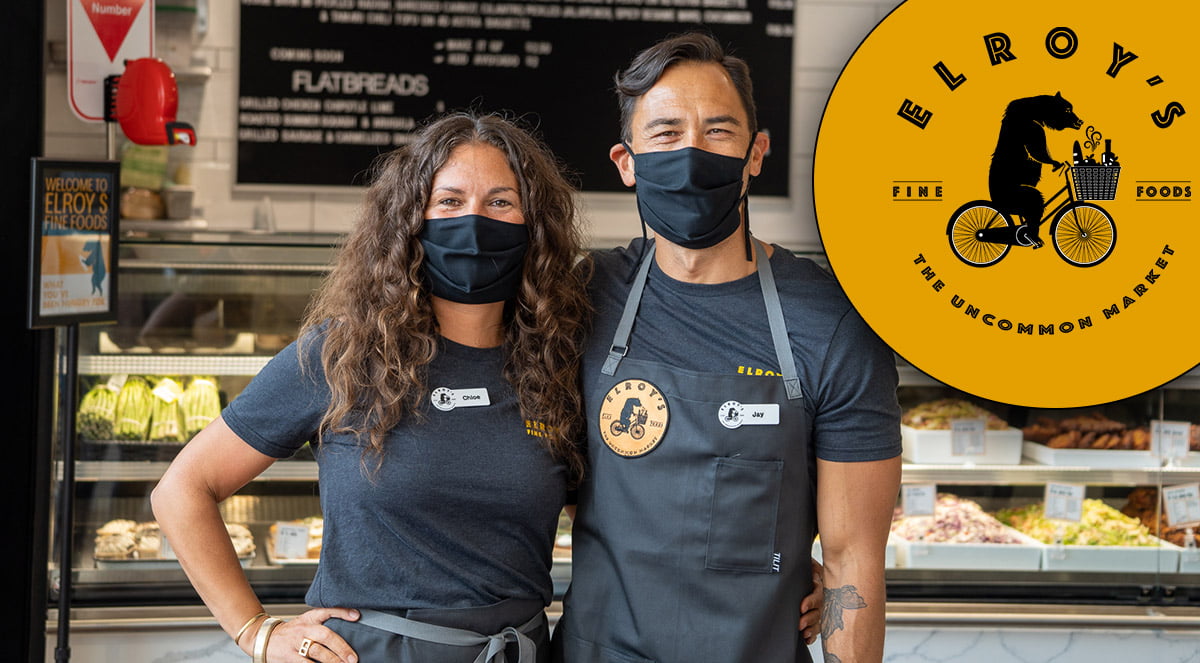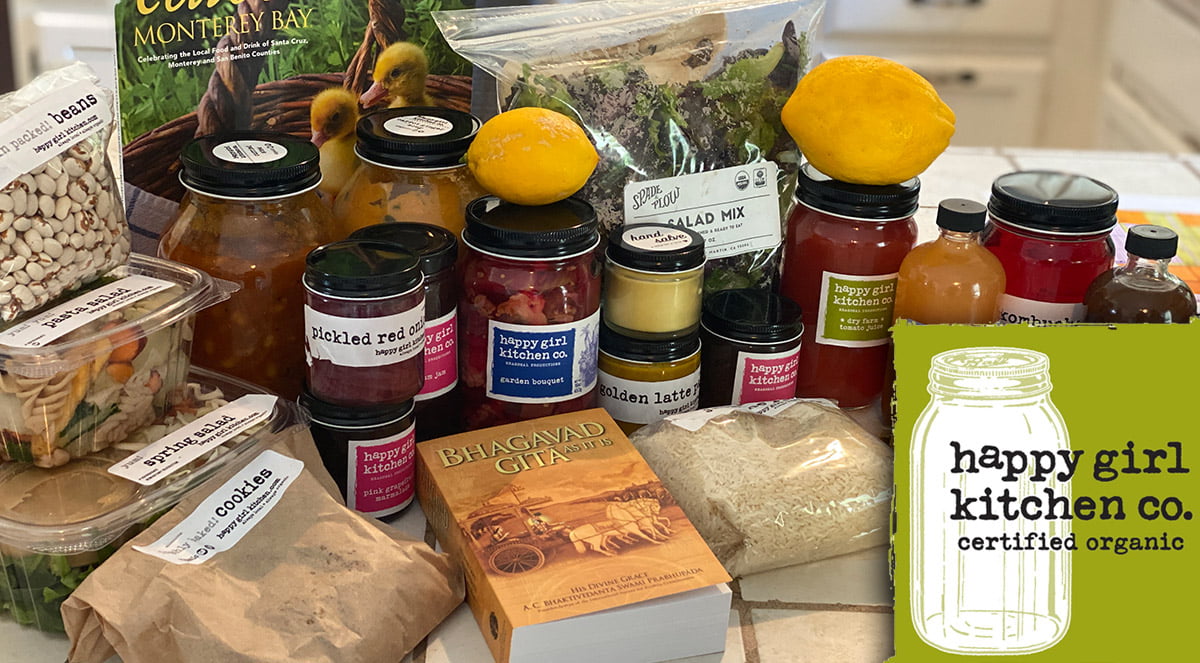On the hunt for new ways to appeal to consumers during COVID? You’re certainly not alone. These unprecedented times call for creative new marketing solutions that draw on the power of advanced tech while also appealing to customers’ altruistic side. The good news? Despite its global scale, the pandemic has prompted many consumers to shift their focus to local businesses in an effort to help those struggling due to the economic fallout of quarantine. This renewed commitment to local organizations provides a reason for hope — and a huge marketing opportunity to tap into the power of hyperlocal marketing during COVID!
What is hyperlocal marketing?
While standard local marketing efforts might cater to leads within a particular city or county, Hyperlocal Marketing is the process of targeting prospects, customers, followers, and/or audience members in highly specific, finite geographic areas such as a few blocks, or subsection within a larger city or suburb. The intention behind a hyperlocal marketing strategy is to target people entering the phrase “near me” in search on a mobile device in order to generate quick conversions on the basis of proximity and convenience.
While already making waves prior to the coronavirus outbreak, hyperlocal marketing is now an indispensable aspect of modern outreach.
Why Is Hyperlocal Marketing So Effective During COVID?

Our client, Elroy’s Fine Foods in Monterey, CA is a shining example of what it takes to be successful during COVID-19. Especially when it comes to opening and operating a local business that depends heavily on creating “buzz” in their own backyard, utilizing hyperlocal marketing tactics to attract local shoppers. Even with several larger competitors right around the corner, Elroy’s has been very successful in just a few short months by creating numerous local partnerships with vendors and local businesses as well as working hard on their marketing and advertising to target and attract local customers.
A variety of factors account for the current efficacy of hyperlocal marketing during COVID. One of the most important elements offers hope for the future: American consumers are very compassionate. Early on in the pandemic, a study from Horowitz Research revealed that one in four Americans made an active effort to support local businesses. Many respondents mentioned their desire to help businesses stay afloat during these difficult times.
Not only are Americans eager to help businesses within their community, they also prefer to consume media from local outlets. Among those who responded to the survey from Horowitz Research, 58 percent claimed to dedicate more time to local media than they did prior to the pandemic. This tendency extends to social media and blog-based content, where the desire for local news and business overlaps. Weary of reading national stories about the pandemic and divisive politics, people relish the idea of learning more about local ongoings that, at one time, may have seemed inconsequential.
Beyond sheer altruism, hyperlocal marketing works wonders from a purely physical standpoint. Between quarantine restrictions and safety concerns, customers simply aren’t traveling as much or as far as they did before COVID took over. They’re also commuting less, as many employees continue to work on a remote basis. As a result, they’re more inclined to visit businesses close to home. Additionally, they’re more receptive to marketing messages from businesses situated within a few miles or even a few blocks of their home.
How to Make the Most of Hyperlocal Marketing During the COVID Economy

Happy Girl Kitchen, Co. in Pacific Grove, CA is a shining example of making the most of a hyperlocal marketing strategy during COVID! As many small businesses feared and experienced in late March and early April of 2020, Happy Girl was unable to service customers inside their restaurant (which is also the only functional cannery left on the Monterey Peninsula!). With little room for outdoor seating and the state shutting down all dining regardless of indoors or outdoors, they were stuck between the proverbial rock and a hard place. Rather than shutter their doors they created The Shelter-In-Place Subscription Box which was a weekly assortment of pantry items hand-selected or made-to-order items for their customers. This was such a success for Happy Girl Kitchen that they still offer the subscription but have now rebranded it as “The Friday Box” and managed to keep their entire staff on the payroll because of it! We love Happy Girl Kitchen and are inspired by their mission and desire to never quit!
Hyperlocal marketing, while more important than ever, looks a bit different in the COVID era. These days, hyperlocal efforts must be enacted with the recognition that convenience alone will not convince all prospective customers to show up. Discounts, while sometimes helpful, also offer no guarantees. Thankfully, other options are available. Keep the following considerations in mind as you adapt your approach:
Optimize Website Content for Hyperlocal Searches

Despite recognizing the importance of hyperlocal marketing, many businesses have yet to actually shift their websites to take this essential strategy into account. Procrastination may have been possible in the past, but it’s now crucial to integrate hyperlocal best practices into search engine optimization. And, if you are still unsure why searches using the phrase “near me” are so important here are just a few statistics as of the end of 2019 according to Google and Hubspot:
- “Near me” or “close by” mobile searches have grown by over 900% in the last two years
- 72% of consumers that did a local search visited a store within five miles
- 88% of searches for local businesses on a mobile device either call or visit the business within 24 hours
- 46% of ALL Google searches are looking for local information
Note: Due to the pandemic and most people buying and shopping closer to home, these statistics are bound to dramatically shift even higher in the near future as well.
To begin optimizing your website for hyperlocal searches you must first define your audience. With hyperlocal content, this will likely include consumers within a very small geographical area. In other cases, regional coverage may be greater but limited to leads falling within specific demographic categories.
Next, determine what, exactly, targeted readers might search for during the COVID area. For example, geographically-targeted searches involving terms such as “delivery” or “contact-free” are common — and they’ll likely remain prevalent for some time.
Don’t forget to optimize for mobile and voice search. Local customers increasingly use Siri and Alexa, often phrasing searches as questions. Regional FAQs are ideal for integrating these keywords while sounding natural and providing valuable information for website visitors.
Convey COVID-Oriented Business Practices

Many customers are eager to support local businesses but fearful of the potential risk for spreading the virus. Some demonstrate a clear preference for drive-through or curbside service, even when they need to travel further to take advantage of such options. Others are willing to visit stores in person, but only if they feel confident that proper mitigation efforts are in place.

While hyperlocal efforts will often continue to seek foot traffic, specific accommodations need to be made to ensure that customers feel safe enough to make split-second decisions based on marketing materials. They may be enticed by geo-targeted promos, but the desire for a good deal could now be underscored by worries about masks, sanitization, and other COVID-related measures. Ideally, hyperlocal campaigns will take these concerns into account. What’s more, messaging about hygiene may need to be tailored based on local regulations and community perceptions of the pandemic.
When in doubt, delivery services and other quarantine-friendly offerings should be clearly conveyed to ensure that all customers feel safe. This can be accomplished with COVID-oriented blog posts and social media updates. These should reference new services and sanitization protocol. Additionally, Google My Business should be optimized to reflect options such as curbside pickup.
Personalize Marketing Materials

The importance of personalization was evident long before COVID, but this tactic has become even more effective over the course of the past several months. Today’s customers respond best to personalized messages built around their unique preferences. A noteworthy Accenture survey verifies this, with 47 percent of respondents admitting that they feel the need for personalized promos sent directly to their smartphone. Many are willing to share private data with businesses if it means they’ll enjoy the convenience of these and other personalized services.
Beyond sheer convenience, COVID consumers desire the humanizing touch that personalized marketing provides. Campaigns that take this need for empathy into account are more likely to build a strong emotional connection. In addition to making a huge difference for short-term sales, this compassionate approach could produce a sense of brand loyalty that continues long after the pandemic has come to an end.
There’s no denying the challenges of attracting business during a pandemic, but there are still plenty of excellent opportunities for connecting with customers in the COVID era. Use this time to develop and implement a solid hyperlocal marketing strategy. Your business could reap the results of better traffic, increased customer loyalty, and an excellent ROI.
As you develop a marketing strategy that takes the new realities of COVID-19 into account, look to Vinci Digital for guidance. We offer a variety of marketing services designed specifically to meet the needs of Monterey businesses navigating the COVID economy. From social media to content marketing, we’ll help you adjust your strategy as needed. Contact us today for more information.
Do you have any experience with hyperlocal marketing? Have you made an effort to implement it during the pandemic? Let us know more by leaving a comment below!











